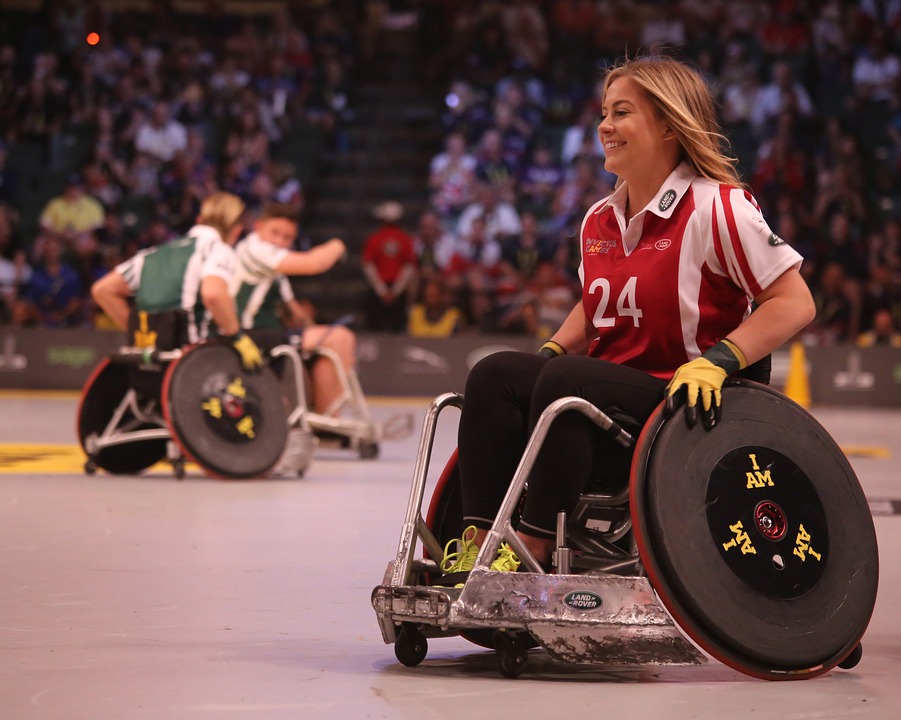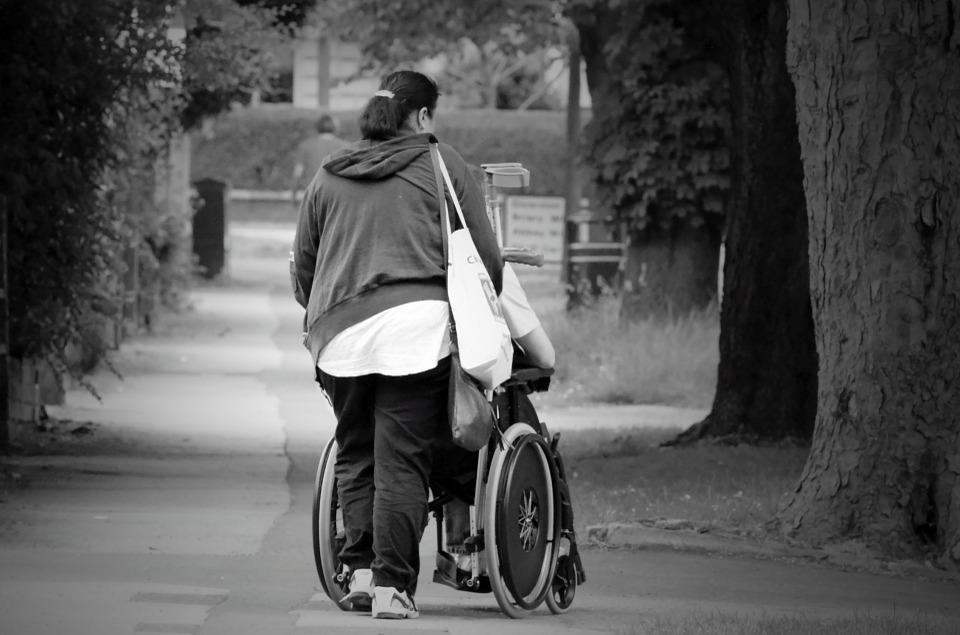4 Simple Ways To Make Living With A Disability Easier

Living with a disability is undoubtedly tough work. Disabilities come in all shapes and sizes; at last count, over 56 million people in the U.S. live with a disability, which totals around 19% of the population. That’s a staggering amount of people who have to endure varying degrees of hardship, and an illuminating number when we stop to consider our ‘traditional’ view of disability as a person confined to a wheelchair. Physical disabilities are one thing, but mental disabilities are a whole other spectrum of deficiencies, which constitute a large portion of that 19% figure.
As anyone who’s living with a disability, or been close to a person living with one, will know, a disability doesn’t just affect the patient; it also affects the lives of their immediate family and friends. America undoubtedly has gotten more disability-conscious over the last couple of decades, but the question has to be asked: as a country, are we doing all we can? Certainly, there are some beneficial systems in place for disabled people, but one of the key remits for any government, state or federal, should be making sure people with a disability know about these systems, and can easily avail of them. So, on that topic, here are four simple ways to make living with a disability easier. All these points won’t apply to every disability out there, but it’s a good place to start when thinking about how to improve the life quality of a disabled person.

1. Get a Pet
It might seem counterintuitive to think that a disabled person can benefit from the added responsibility of a pet, but research shows that caring for an animal can have positive effects on a disabled person’s outlook on life. This is especially true of people battling mental disabilities; a new form of psychiatric treatment, known as emotional support animals, is proving to be vastly effective for people suffering from depression, anxiety, and PTSD. But even with a physical disability, if the person is capable of maintaining a pet, this approach can have very positive results. This is especially true of people who have recently become disabled, as it will help them regain a crucial sense of control and responsibility in their life.
2. Obtain a Handicap Parking Permit
Finding a place to park when you’re living with a disability can be an absolute nightmare. Luckily, the law provides for handicapped people by allotting them a handicap parking space. We’ve all seen them, marked in blue in almost every car park you drive into, and while for normal people they don’t mean much, for disabled people they can make all the difference between being able to get somewhere and having to stay at home. A sense of independence is crucial in maintaining a healthy outlook in disabled people, and the freedom to drive around their home town or city is priceless. Also, a handicap parking permit can be procured via telemedicine, which means that disabled patients don’t even need to leave their homes to avail of a disabled parking permit.

3. Adapt the House to Suit Your Needs
This is not a simple thing to do as such, but it is necessary in order to give disabled people the best quality of life possible. An occupational therapist (someone whose job it is to adapt homes to suit disabilities) can help you complete this task, but it doesn’t have to be a case of completely demolishing the old house structure and starting again. Any modifications of course depend on a particular disability, but a few easy options exist for some standard incapacities. If the patient is wheelchair-bound, ramps are an excellent option for them to move around their house. This is especially important for the house’s main entrances and exits. Handrails in the bathroom are a simple modification that can make bathroom visits much more manageable, while medical alert buttons in easy-to-reach places can provide a sense of security for both the disabled person and their loved ones.
4. Keep Active
This might sound like a contradiction for someone living with a disability, especially if confined to a wheelchair, but in fact, there are plenty of adaptive sports and athletics equipment for people battling disabilities. The main point here is to make sure disabled people feel like they have a life outside their house, not matter what kind of exercise they can or can’t do. Keeping active has proven to be majorly beneficial for both physical and mental disabilities, providing patients with a sense of purpose and activity. All too often, a disability is treated like some kind of prison sentence, where those with the illness are incarcerated in their houses forevermore, only emerging for events like doctor’s visits. In fact, in 2017, the opposite can be true; with the advent of telemedicine, check-ups with your doctor can be conducted from your home, while progress in sports equipment and a larger focus on disabled athletes means a world of opportunity has opened up for those living with a disability.